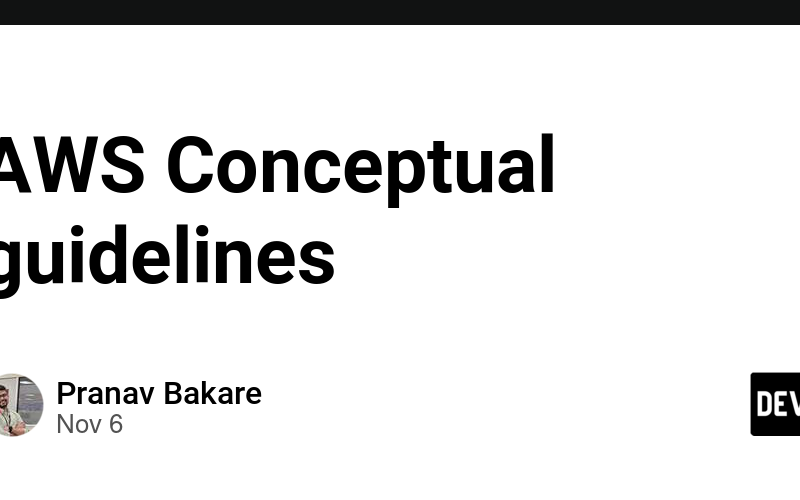To get a good understanding of AWS, you don’t need to master every service. Focus on a core set of services that cover the main areas of cloud computing, as this will give you a solid foundation to build from. Here’s a breakdown of key AWS services and concepts to focus on for a strong understanding:
- Core Compute Services
EC2 (Elastic Compute Cloud): Learn how to launch, configure, and manage virtual machines.
Elastic Load Balancer (ELB): Understand load balancing and how to distribute traffic across multiple instances.
Auto Scaling: Explore automatic scaling based on demand to maintain application availability.
Lambda: Study serverless computing basics, event-driven architecture, and Lambda integrations with other AWS services.
- Networking & Security
VPC (Virtual Private Cloud): Learn the basics of networking, including subnets, routing, and network security (NACLs, Security Groups).
Route 53: Understand DNS and routing concepts, including latency-based routing.
IAM (Identity and Access Management): Master access control, roles, policies, and best practices for secure environments.
- Storage & Databases
S3 (Simple Storage Service): Get familiar with object storage, bucket policies, and S3 classes (e.g., Standard, Glacier).
EBS (Elastic Block Store): Learn about volume storage for EC2 instances.
RDS (Relational Database Service): Understand managed relational databases, backups, and multi-AZ configurations.
DynamoDB: Familiarize yourself with NoSQL basics, partition keys, and data modeling.
- Content Delivery & Caching
CloudFront: Learn the basics of content delivery networks (CDN) and caching static and dynamic content.
ElastiCache: Understand caching concepts with Redis or Memcached to reduce database load.
- Monitoring & Management
CloudWatch: Learn to monitor and create alerts for metrics, logs, and custom dashboards.
CloudTrail: Track and log AWS account activity for security and compliance purposes.
Trusted Advisor: Get insights into cost optimization, performance, and security best practices.
- Application Integration
SQS (Simple Queue Service): Understand messaging and queuing basics for decoupling services.
SNS (Simple Notification Service): Learn about pub/sub messaging for notifications and real-time updates.
API Gateway: Explore how to create, deploy, and manage RESTful APIs and WebSocket APIs.
- Advanced Topics (Optional for Beginners)
Elastic Beanstalk: Understand how to deploy applications quickly without managing underlying infrastructure.
ECS (Elastic Container Service) and EKS (Elastic Kubernetes Service): If you’re interested in containers, explore managed container orchestration.
CloudFormation: Learn infrastructure-as-code basics to automate deployment of AWS resources.
- Billing & Cost Management
Cost Explorer and Budgets: Learn to monitor, optimize, and control AWS spending.
Savings Plans & Reserved Instances: Explore cost-saving options for long-term workloads.
Recommended Learning Path:
-
Begin with the Free Tier: Use AWS’s Free Tier to explore these services hands-on without incurring costs.
-
AWS Certified Cloud Practitioner (Optional): This is a beginner-level certification covering a broad range of AWS topics, giving you foundational knowledge.
-
AWS Certified Solutions Architect – Associate: This certification is great for getting a deeper understanding of core AWS services and how they fit together in designing solutions.
How Much Time to Spend
Fundamentals: Spend 2–4 weeks covering the basics of EC2, S3, IAM, and VPC.
Intermediate Concepts: 2–3 months covering load balancing, databases (RDS, DynamoDB), and CloudFront.
Specializations: Dive into serverless (Lambda, API Gateway) or containers (ECS/EKS) based on your needs.
By focusing on these core areas, you can build a strong understanding of AWS and be prepared to expand as needed based on project requirements or career goals.
Source link
lol

